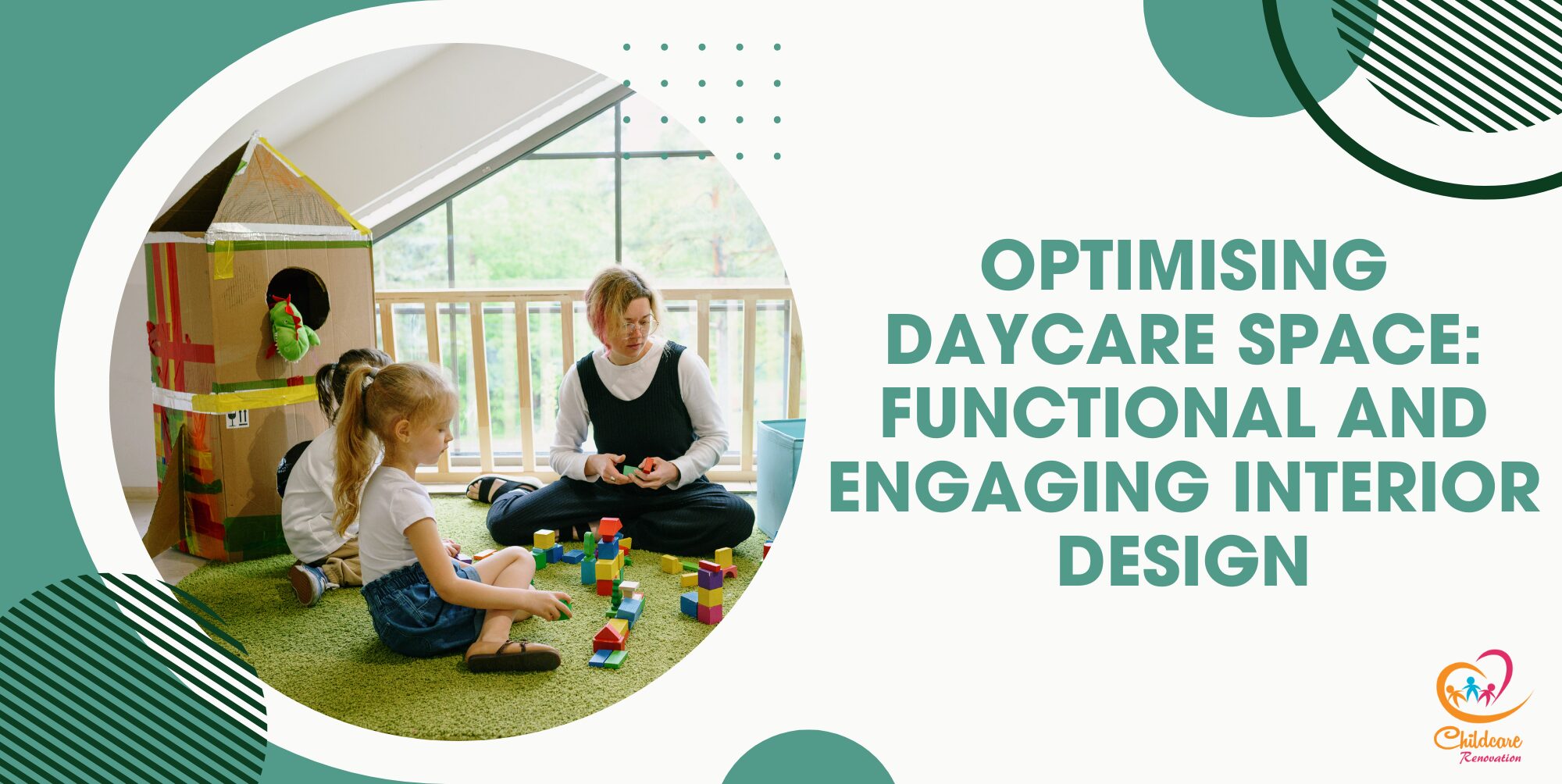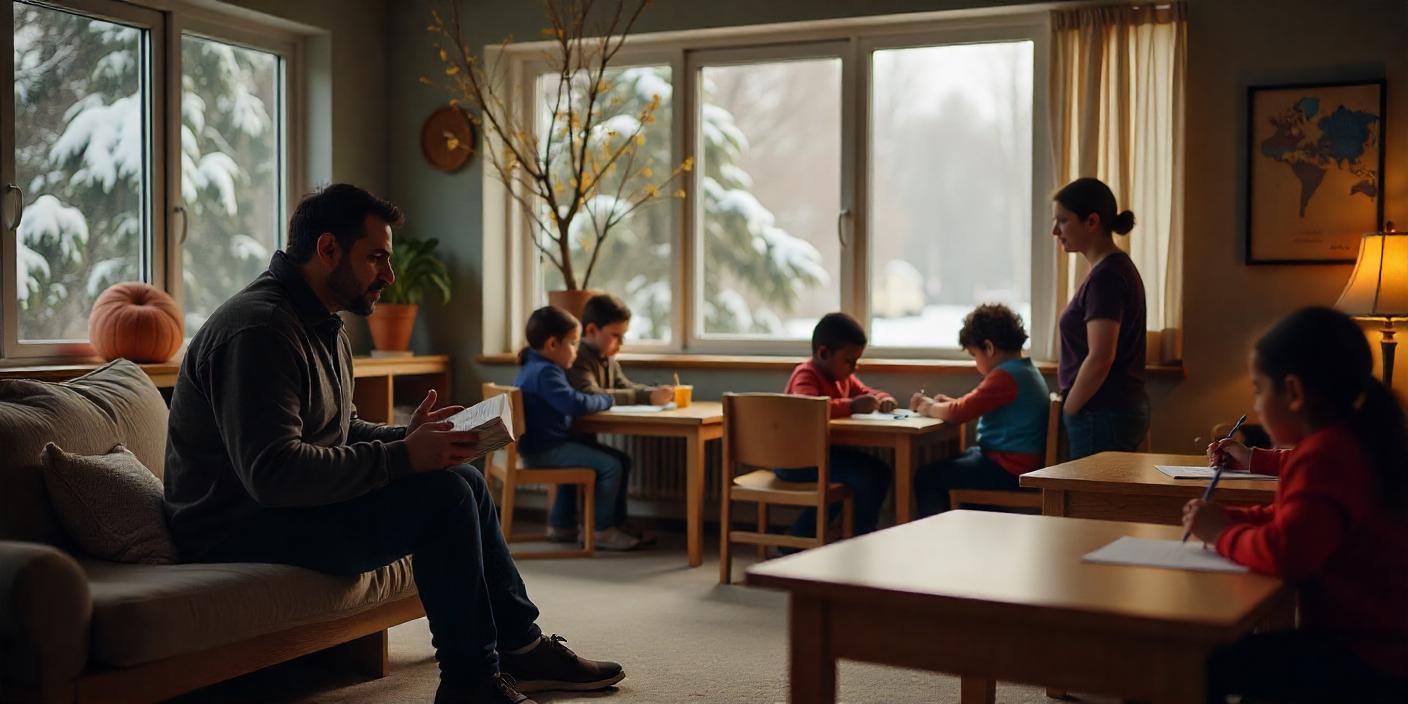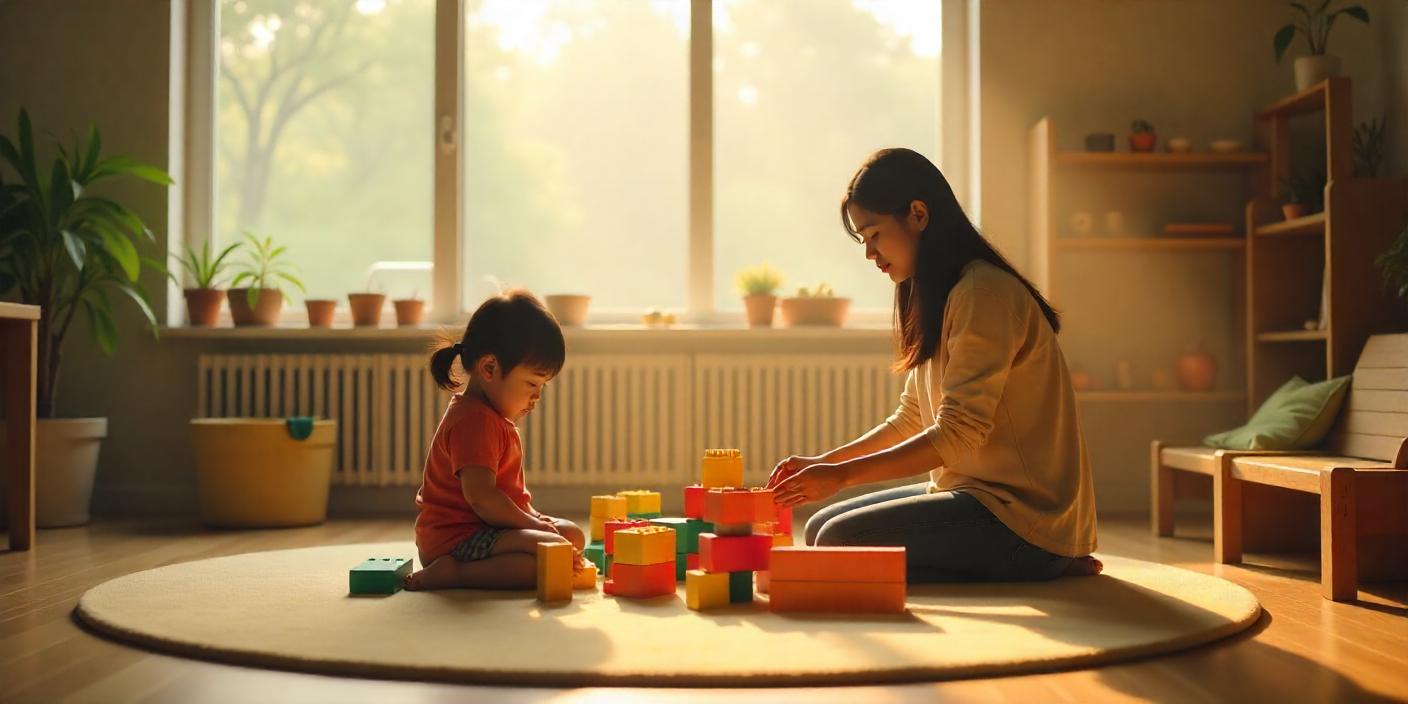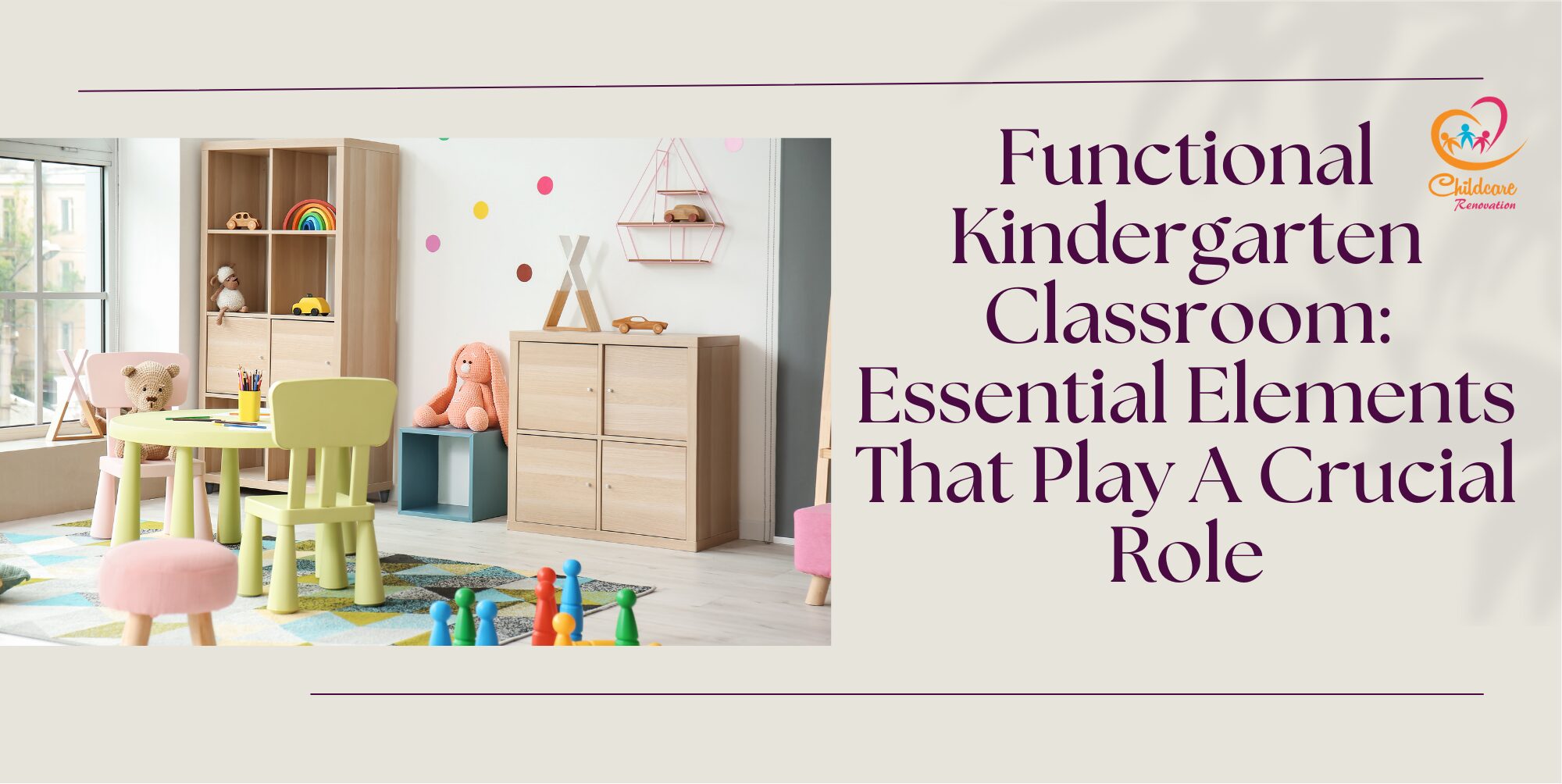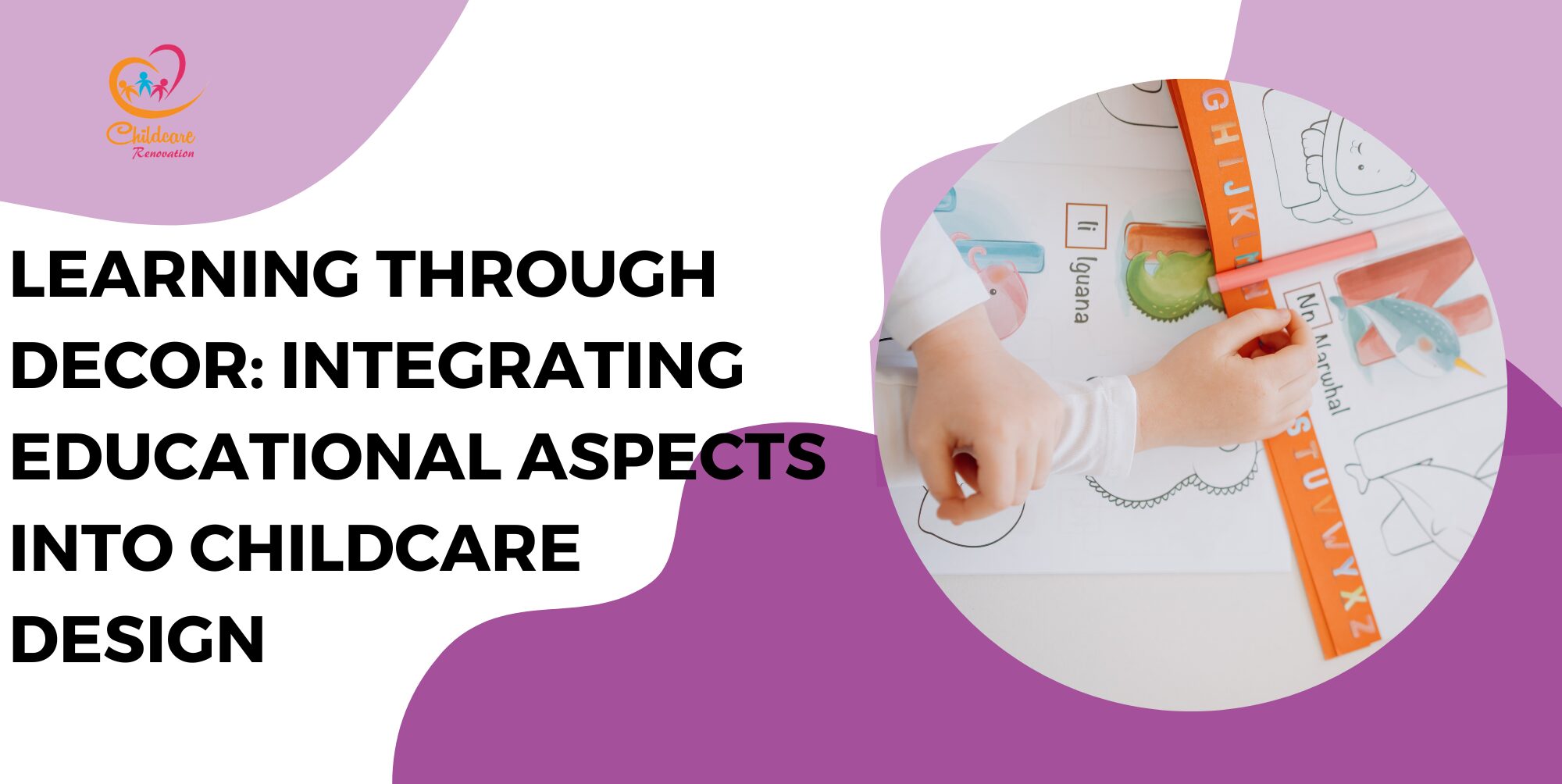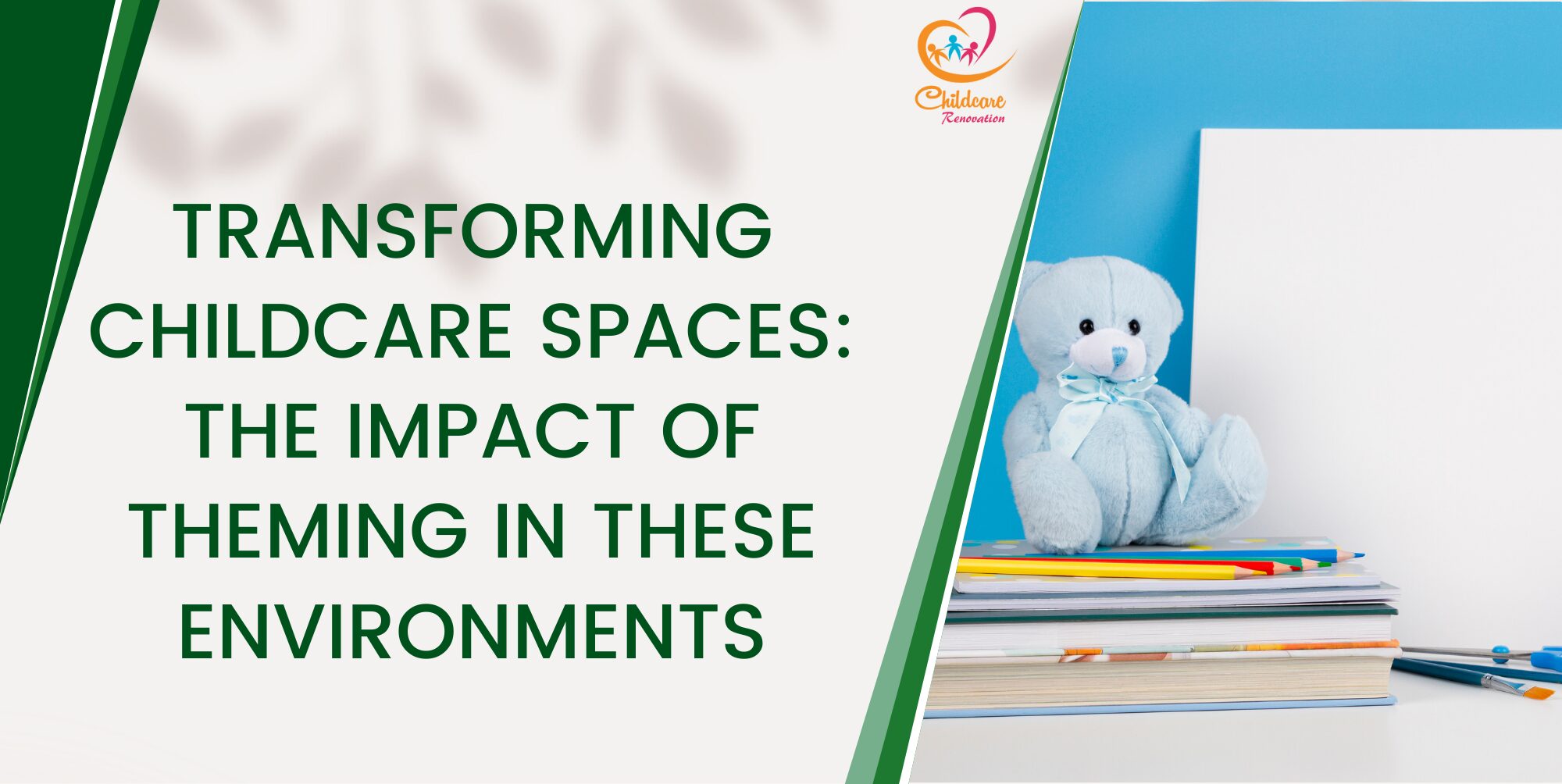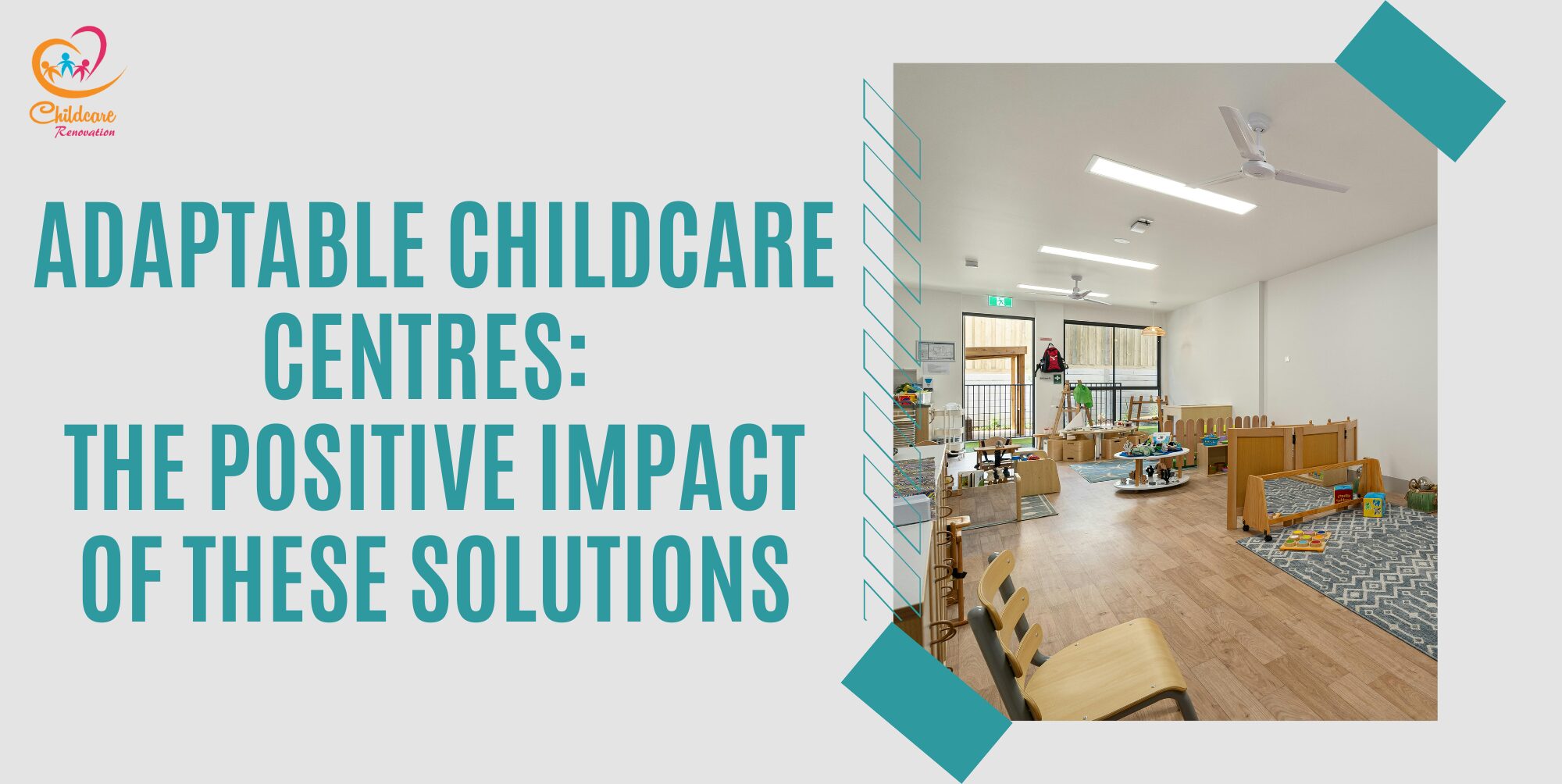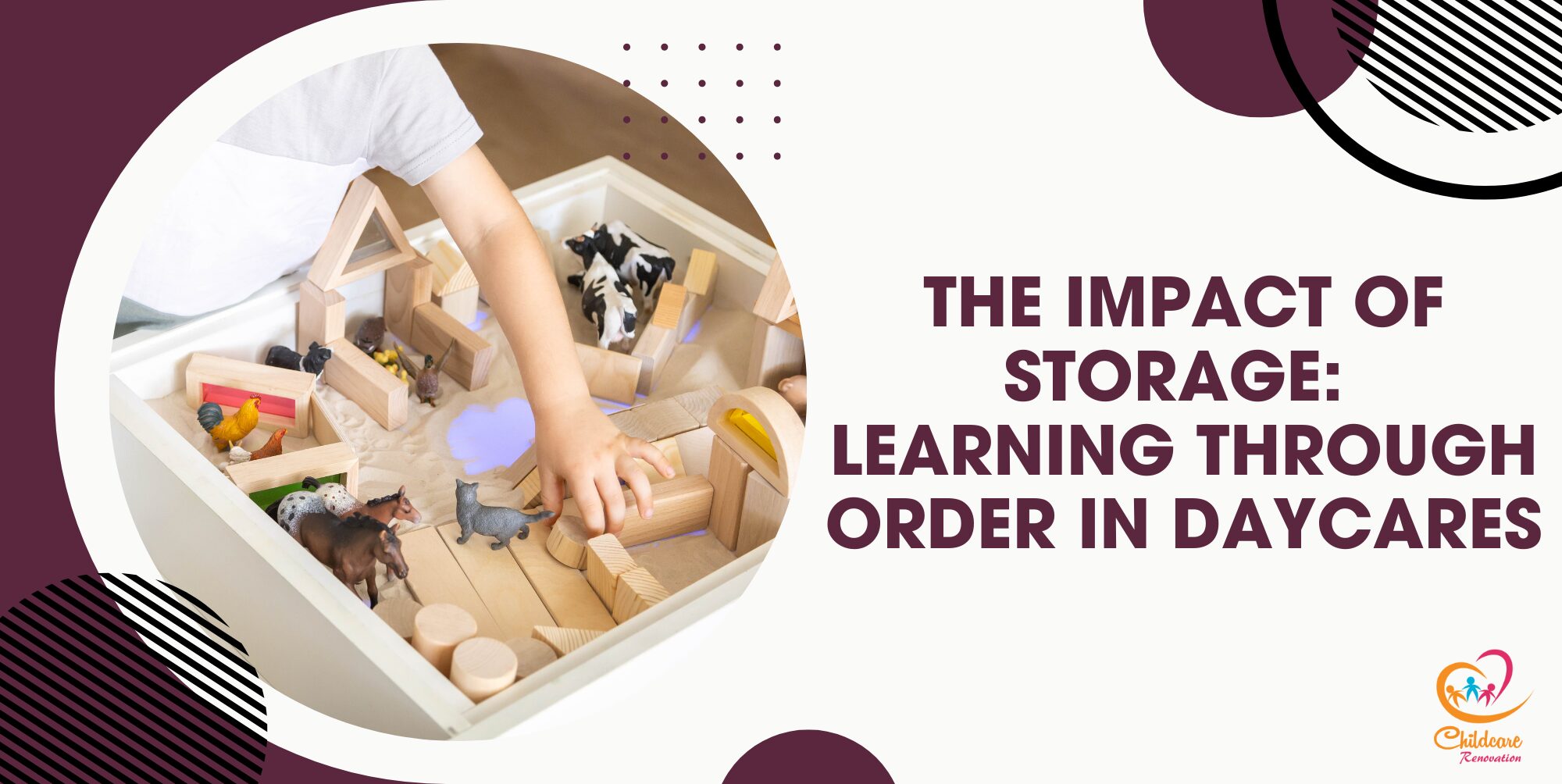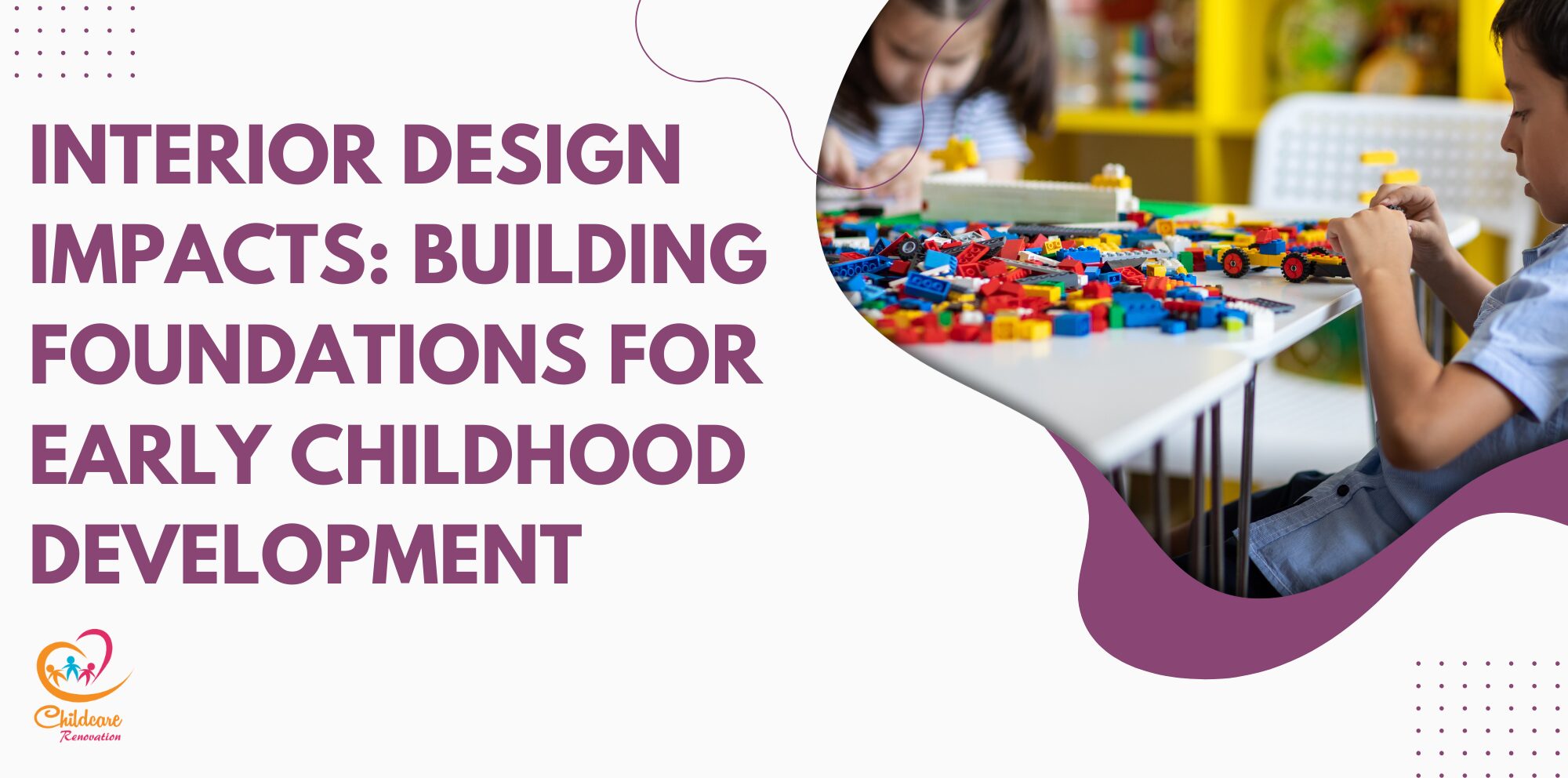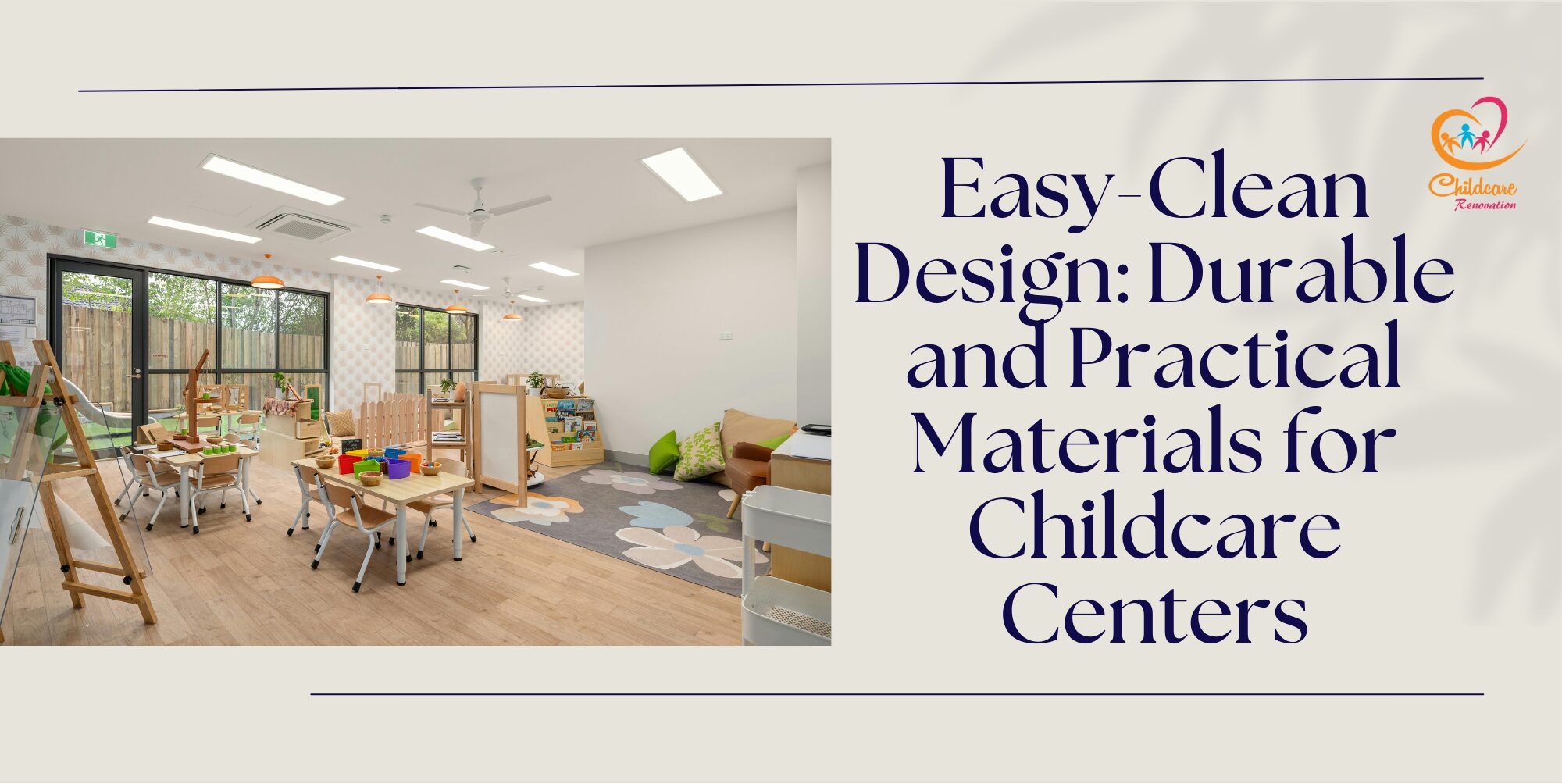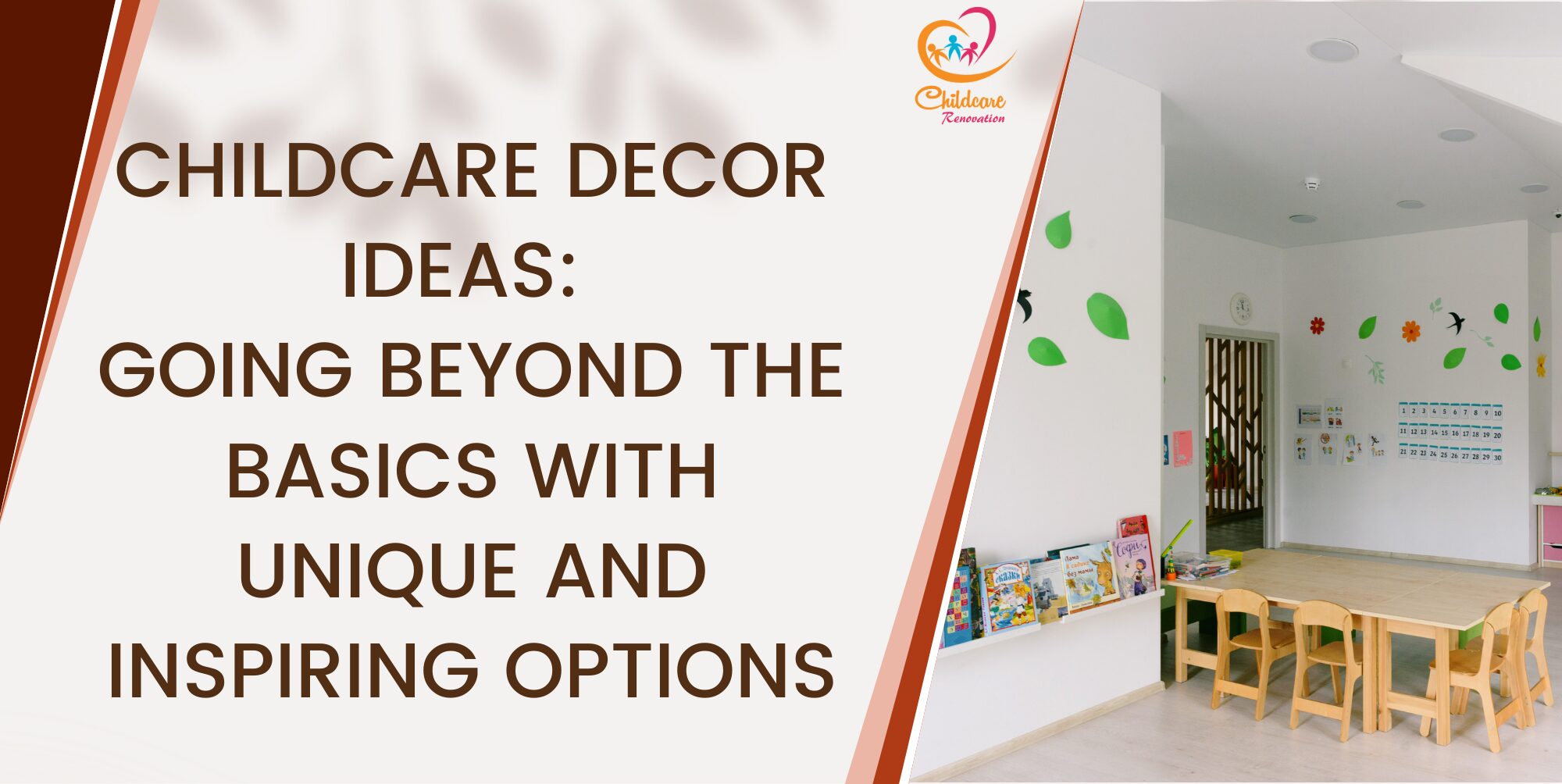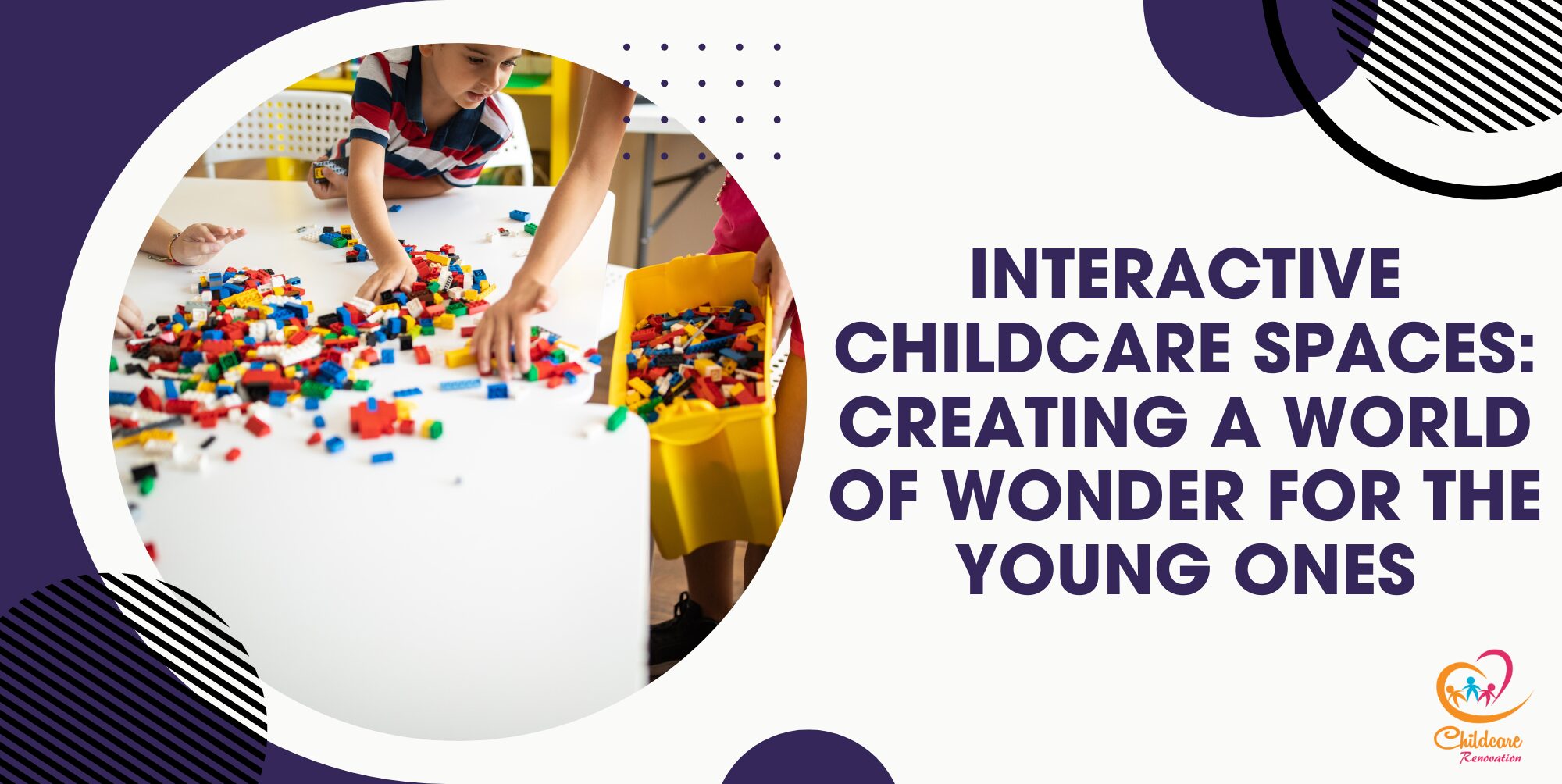Optimising daycare space is important to make the area more functional and engaging with the use of interior decor. There are many ways to optimise daycare space within an establishment. Below are some of the best ways that can help do so.
Optimising Daycare Space 1: Zoning For Purpose
Zoning for purpose that is, dividing the space into distinct zones according on activities is one of the most efficient ways to maximise daycare space. This not only improves functionality but also aids kids in comprehending expectations for every space, therefore supporting better behaviour and easier changes. A peaceful area with soft carpets, bean bags, and books, for instance, inspires rest and introspection by means of a chair set for reading or solitary activities.
Imagination and hands-on learning are encouraged in a creative area set with washable surfaces, child-sized tables, and art materials. An active area with soft play mats, climbing structures, or movement games, meanwhile, encourages physical growth and gross motor skills. Typically set with a circle-time rug, low shelves with instructional toys, and visual aids, a learning zone promotes organised learning and group activities.
Physical limits like shelving units, area rugs, or colour coding on the walls and floors will help to clearly delineate each zone. As children naturally progress to varied activities during the day, this not only makes the most of the space at hand but also reduces disorder and noise. Caregivers should be able to easily monitor every areas, hence maintaining open sight lines is crucial.
Ultimately promoting a child’s holistic development, zoning makes the daycare space more orderly, practical, and interesting by creating a balanced environment where play, learning, and rest may coexist harmoniously. Performed deliberately, zoning turns even little areas into well-organised settings that meet the various needs of developing children.
Optimising Daycare Space 2: Use Multifunctional Furniture
Including multi-purpose furniture is among the best methods to maximise daycare space for a creative and practical interior design. In environments with often limited space, multipurpose furniture can greatly improve efficiency and look.
Storage benches, for instance, give cozy seating as well as storage for toys, books, or learning materials under. When not in use, foldable tables can be stored to free up floor space for active play or movement-based activities. Stackable chairs also let the space remain flexible and open by be simply kept and brought out just when needed. Still offering accessible storage, modular shelves that serve as play dividers help to delineate areas inside the daycare. By making things more accessible and manageable, these flexible solutions not only maintain the environment clean but also encourage independence in small children.
@talyasquires New playroom setup! I will be mounting everything FYI!! Shelves from IKEA, Inspo from @Just Like Home Daycare 🫶🏼 #homedaycare
Including multi-functional items also helps several developmental demands promoting exploration, imagination, and self-directed learning. Such furniture usually has a unified appearance, which helps to create a serene and welcoming environment. Carefully selected, these items provide long-term use and cost effectiveness as well as the capacity to grow with the kids.
Daycare centres may design a vibrant environment that is safe, neat, and interesting thereby support both children and caregivers in their daily activities by maximising every square foot through clever furniture design. Multi-functional furniture is not only a designer trend; it’s also a wise purchase for a more flexible, kid-friendly environment.
Optimising Daycare Space 3: Safe And Thoughtful Layout
Maximising daycare space depends on a careful and sensible design that guarantees children may explore, learn, and play in a safe and interesting environment. Making sure caregivers have good sight lines comes first. This lets adults properly monitor children, therefore advancing safety and building a feeling of security for staff members as well as children.
It is also vital to make broad pathways since this guarantees that children may travel freely without obstruction and thereby helps to avoid mishaps. To lower the chance of bumps and bruises from active play, rounded furniture edges should be given first importance. To avoid falls and electrical dangers, non-slip mats and child-safe outlets are also indispensable. Zoning which is the division of the space into separate areas for various activities is still another essential feature of a clever design.
Establishing areas for quiet time, group activities, and creative play not only keeps the environment tidy but also guarantees that children can participate in suitable activities according their energy levels and demands. Moreover, the design should include readily available storage options with bins and shelves positioned at a child’s height to promote independence and neatness of toys and materials as well as easy access.
Finally, designing a flexible arrangement that can be simply changed as the demands of the daycare change guarantees the space stays adaptable and keeps its functional and interesting purpose over time.
Optimising Daycare Space 4: Rotate Toys And Materials
An efficient approach to maximise daycare space is to rotate materials and toys. This also helps to keep the surroundings interesting and energising for kids. Daycare operators can maintain the room feeling fresh, energetic, and full of new chances for discovery and learning by periodically replacing the toys and materials provided.
As the children engage with various toy sets over time, this rotation not only keeps their interest but also inspires creativity and problem-solving. It stops play area overcrowding, which guarantees cleanliness, order, and visual appeal in the environment. Furthermore, rotating toys can offer a bit of novelty, which piques interest and drives more thorough exploration of every object.
@my.little.daycare Here’s a tour of our playroom! #daycare #daycaretok #daycarelife #inhomedaycare #daycarechronicles101 #foryoupage #foryou #fyp #daycarespace #daycaresetup
Children are exposed to a controlled range of activities and toys without being overawed, which also helps to prevent overstimulation. For instance, depending on the developmental goals for that period, caregivers may concentrate on particular themes or skills, such as imaginative play or fine motor development, instead of having all toys accessible at once. Moreover, this rotating system improves storage management since fewer items are available at any one moment, therefore supporting a clean workspace.
This approach also fits with the concept of designating a deliberate environment that fits a range of activities whether quiet, creative, or vigorous while guaranteeing that the design is flexible and fluid to the evolving requirements of children.
Optimising Daycare Space 5: Interactive Wall Features
Especially when floor space is limited, interactive wall features are a fantastic approach to maximise daycare capacity. Caregivers can turn simple walls into interesting, instructional tools that inspire learning, imagination, and sensory development by using vertical surfaces creatively.
Interactive, space-saving components that promote hands-on discovery include sensory boards, felt story walls, magnetic tiles, and chalkboard or whiteboard panels. For younger children, these components can be customised to provide tactile experiences as zippers, locks, or textures; for older youngsters, they could be puzzle games or alphabet tiles. Wall activities encourage not only independent play but also the development of fine motor skills, problem-solving abilities, and creative thinking. By doing away with several floor-based toys, they also help to cut clutter and foster a more neat and orderly environment.
Giving youngsters a chance to calm down while still being involved, interactive walls can be used as peaceful play areas. Changing the activities or themes on the wall also keeps the material current and fascinating, so inspiring frequent interaction without extra supplies. Using soft, child-safe materials and bright colours improves a room’s visual attractiveness and safety.
Placing these elements deliberately in shared areas or along transition pathways also maximises every corner by transforming neglected areas into viable educational environments. Generally speaking, modern daycare interiors may be made interesting and developmentally rich using smart, space-saving interactive wall elements.
Speak with The Experts
Planning to get started at your kindergarten but have no idea about it?
Childcare Center Renovation Singapore is a reliable company for renovation and interior design. They have about ten years of experience in this field and have a good reputation among customers.
Call us now to get your desired kindergarten design ideas now!

